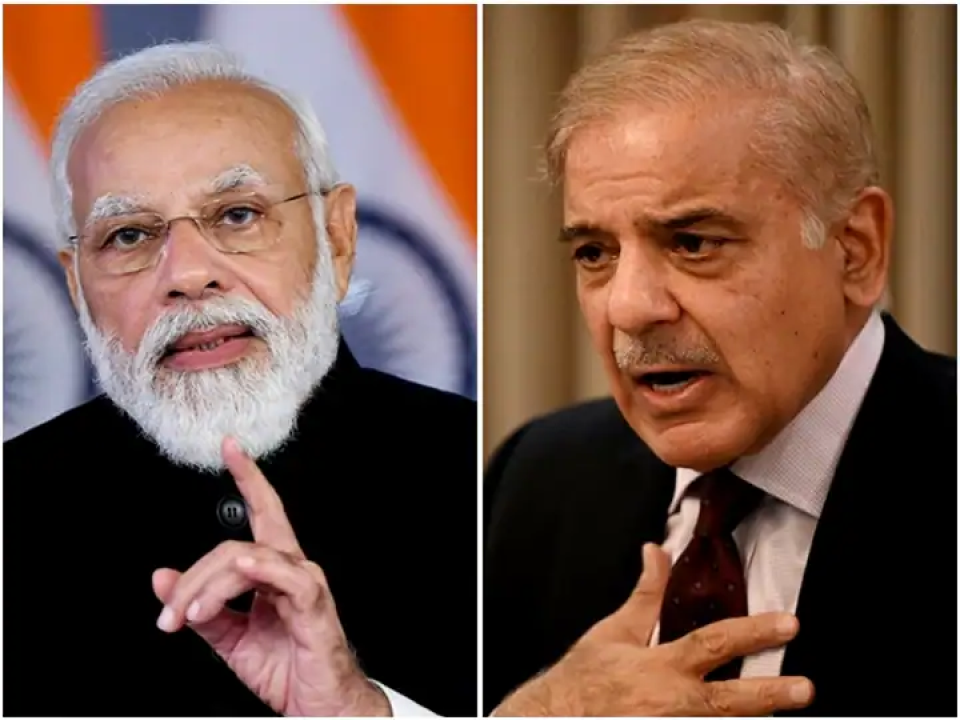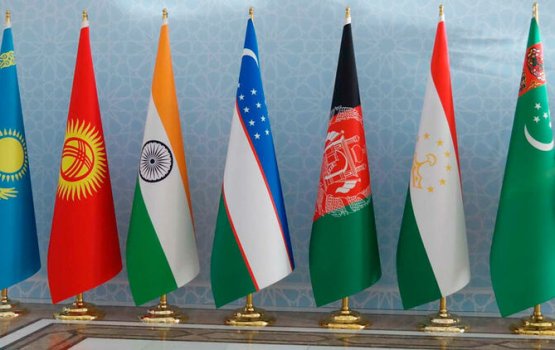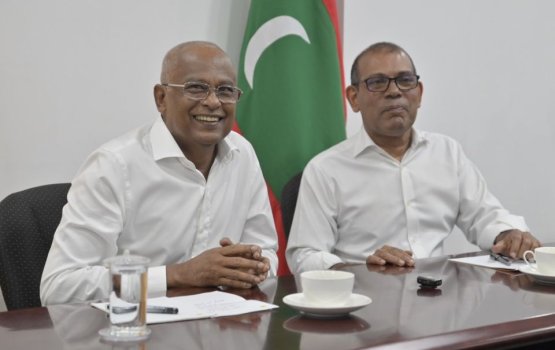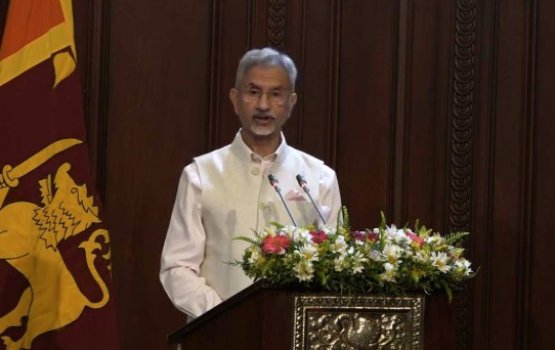As tensions between India and Pakistan escalate following a deadly terror attack in Kashmir, the global community is urging restraint—but a clear path to de-escalation remains elusive.
Initially, analysts believed that after India conducted air strikes and Pakistan claimed to have downed several Indian fighter jets—a claim New Delhi has not confirmed—both nations might use the situation to claim a form of strategic success and pull back. However, the risk of prolonged tit-for-tat retaliation has raised serious concerns of a deeper, more destructive conflict.
No Mediator in Sight
Unlike previous flare-ups in 2016 and 2019, where international actors—particularly the United States—played a critical role in calming tensions, this latest crisis is unfolding with far less direct mediation. According to Ayesha Siddiqa, a Pakistani academic and senior fellow at King’s College London, this lack of global oversight is troubling.
“This is the first time the two countries are in conflict without anyone actively monitoring or pressuring them to stop,” Siddiqa warned.Despite U.S. Secretary of State Marco Rubio encouraging de-escalation, other senior American officials have adopted a more hands-off stance. Vice President JD Vance, speaking to Fox News, remarked that a war between India and Pakistan would be "none of our business", even as he acknowledged the importance of preventing further escalation.
Vance was in India when the militant attack in Kashmir, which killed 26 civilians, took place.
Past Lessons, Present Challenges
In 2019, tensions were defused relatively quickly after India launched "surgical strikes" against what it said were terrorist camps inside Pakistan. Although one Indian pilot was captured, his return within days—reportedly after U.S. and other diplomatic interventions—helped ease tensions.
However, this time the atmosphere is more volatile. Nationalist sentiment is surging on both sides, and the rhetoric from political and military leaders has been particularly intense.
China and the Gulf: Stakeholders in Stability
China, which shares complex relationships with both countries, could play a more active role. It is one of Pakistan’s strongest allies, having invested over $50 billion in the China-Pakistan Economic Corridor (CPEC). However, China also has its own tense history with India, including recent border clashes in 2020. Despite this, China remains India’s second-largest trading partner.
Shen Dingli, an international relations expert from Shanghai, believes that if the U.S. is unwilling to step in, other members of the UN Security Council (P5) must assume responsibility.
“The P5 should launch a credible investigation into the recent attack to address India's concerns,” Shen suggested.Meanwhile, Gulf nations such as Saudi Arabia, the UAE, and Qatar, which have close diplomatic and economic ties with both India and Pakistan, could step in as mediators. On May 7, Saudi Minister of State for Foreign Affairs Adel Al-Jubeir made an unexpected visit to Delhi to discuss regional security with Indian Foreign Minister Subrahmanyam Jaishankar, who emphasized India’s resolve to counter terrorism.
Al-Jubeir later traveled to Islamabad for meetings with Pakistani leaders. With an estimated 2.6 million Pakistanis living in Saudi Arabia and Riyadh having a history of providing financial support to Pakistan, Saudi Arabia holds significant sway in Islamabad.
The Path Forward: Mutual Face-Saving
Experts say the way out of the crisis could lie in a "face-saving" solution, where both countries can claim success domestically.
India has already declared that its strikes on terror camps in Pakistan and Pakistan-administered Kashmir were successful and met their intended goals. According to Lt Gen D.S. Hooda (Retd), New Delhi has made its position clear: the ball is now in Islamabad’s court.
“If Pakistan retaliates further, it will invite a strong Indian response,” Hooda warned.For Pakistan, particularly its powerful military establishment, projecting strength in response to India’s actions is politically necessary. Claiming to have shot down five Indian jets serves that purpose, even though India has not confirmed any such losses.
Still, academic voices like Siddiqa argue that the resolution of this crisis depends heavily on India’s evolving objectives.
“India’s goals seem to be shifting—from punishing Pakistan to achieving broader strategic aims,” she noted.
Conclusion
The latest India-Pakistan standoff is more precarious than recent flare-ups, with fewer external actors actively involved in crisis management. Unless global powers step up with coordinated diplomatic pressure, the region risks sliding further into instability. In the absence of a credible mediator, the best hope may lie in a carefully choreographed de-escalation where both nations can walk away claiming strategic gains—without triggering a broader conflict. (Inputs from BBC)







